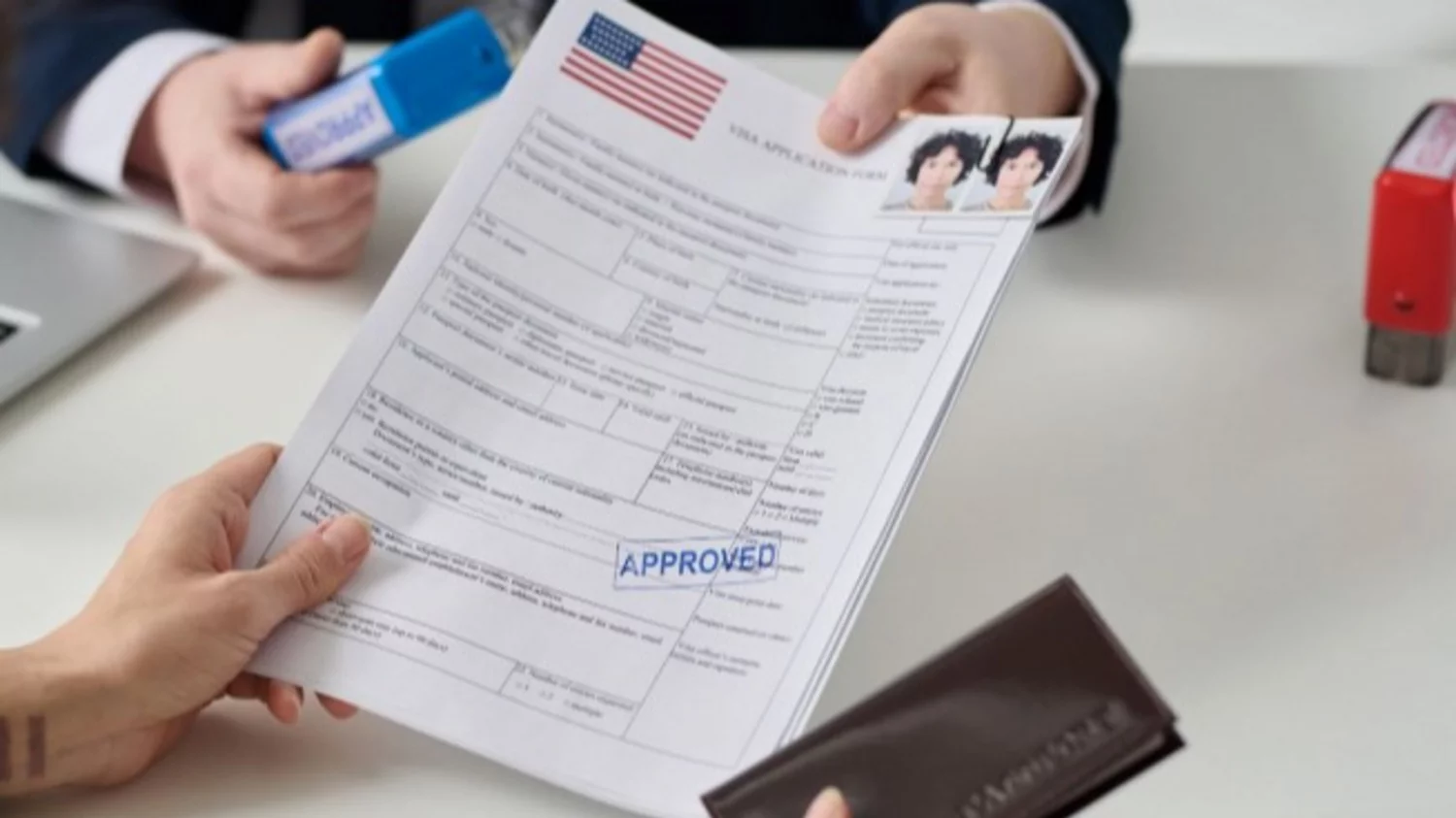Pagan Lopez Law
Civil Law

What is it?
Civil law practice in New York is governed by the Civil Practice Law and Rules (CPLR) which outlines the procedures for civil judicial proceedings in all courts of the state and before all judges, except where specific statutes provide otherwise. This body of law is designed to ensure that civil cases are handled in a consistent and orderly manner. The CPLR encompasses various rules and statutes that regulate different aspects of civil litigation, including the commencement of actions, the filing of pleadings, the conduct of trials, and the enforcement of judgments among other steps of the civil procedure. It involves the application of the CPLR to manage and resolve civil disputes in a structured legal framework. This includes a wide range of legal activities, from filing lawsuits to representing clients in court, all governed by the detailed rules and procedures set forth in the CPLR. This structured legal framework ensures that civil disputes are managed and resolved in an orderly and consistent manner.
Process in Civil Law Procedure
In civil law cases, the aggrieved party, referred to as the plaintiff, initiates a lawsuit against the party allegedly responsible for the harm. The primary goal is to establish liability and seek appropriate compensation or resolution through the judicial system. Civil litigation follows a structured legal process that encompasses pre-trial preparation, evidence discovery, argument presentation, and judgment based on the preponderance of evidence, meaning that it is more likely than not that the defendant is liable for the harm caused. Civil litigation follows a structured legal process that includes several stages. Pre-trial preparation involves the submission of proposed findings of fact and conclusions of law, as well as the scheduling of deadlines for various procedural steps such as discovery and motions. Evidence discovery is a critical phase where both parties exchange information relevant to the case, which can include depositions, document requests, and interrogatories, evidence available and not produce at this phase may be precluded from being used later at trial. During the trial, both parties present their arguments and evidence. The plaintiff has the burden of proving the extent of their injury and the amount of damages by competent evidence, while the defendant may attempt to negate the plaintiff’s claims or prove that lesser damages are appropriate.
Variation and Codification of Civil Law
The United States judicial system is premised on the common law system, meaning that judges rely heavily on judicial precedent and reasoning from prior case law when making their rulings, as opposed to only applying codified statutes. Under this system, federal courts have jurisdiction over cases involving federal laws, the U.S. Constitution, or disputes between different states. Most routine legal matters involving state laws or constitutions are handled by state courts instead.
There is a dual court system in the U.S., with separate federal courts and state courts. The federal courts include U.S. District Courts, Circuit Courts of Appeals, and the U.S. Supreme Court, in ascending order. When federal judges issue written opinions, their rulings become binding precedent that guides future cases in that jurisdiction.
Role of Civil Law
Need for Legal Representation
The United States judicial system is premised on the common law system, meaning that judges rely heavily on judicial precedent and reasoning from prior case law when making their rulings, as opposed to only applying codified statutes. Under this system, federal courts have jurisdiction over cases involving federal laws, the U.S. Constitution, or disputes between different states. Most routine legal matters involving state laws or constitutions are handled by state courts instead.
There is a dual court system in the U.S., with separate federal courts and state courts. The federal courts include U.S. District Courts, Circuit Courts of Appeals, and the U.S. Supreme Court, in ascending order. When federal judges issue written opinions, their rulings become binding precedent that guides future cases in that jurisdiction.
What is it?
Civil law practice in New York is governed by the Civil Practice Law and Rules (CPLR) which outlines the procedures for civil judicial proceedings in all courts of the state and before all judges, except where specific statutes provide otherwise. This body of law is designed to ensure that civil cases are handled in a consistent and orderly manner. The CPLR encompasses various rules and statutes that regulate different aspects of civil litigation, including the commencement of actions, the filing of pleadings, the conduct of trials, and the enforcement of judgments among other steps of the civil procedure. It involves the application of the CPLR to manage and resolve civil disputes in a structured legal framework. This includes a wide range of legal activities, from filing lawsuits to representing clients in court, all governed by the detailed rules and procedures set forth in the CPLR. This structured legal framework ensures that civil disputes are managed and resolved in an orderly and consistent manner.
Process in Civil Law Procedure
In civil law cases, the aggrieved party, referred to as the plaintiff, initiates a lawsuit against the party allegedly responsible for the harm. The primary goal is to establish liability and seek appropriate compensation or resolution through the judicial system. Civil litigation follows a structured legal process that encompasses pre-trial preparation, evidence discovery, argument presentation, and judgment based on the preponderance of evidence, meaning that it is more likely than not that the defendant is liable for the harm caused. Civil litigation follows a structured legal process that includes several stages. Pre-trial preparation involves the submission of proposed findings of fact and conclusions of law, as well as the scheduling of deadlines for various procedural steps such as discovery and motions. Evidence discovery is a critical phase where both parties exchange information relevant to the case, which can include depositions, document requests, and interrogatories, evidence available and not produce at this phase may be precluded from being used later at trial. During the trial, both parties present their arguments and evidence. The plaintiff has the burden of proving the extent of their injury and the amount of damages by competent evidence, while the defendant may attempt to negate the plaintiff’s claims or prove that lesser damages are appropriate.

Variation and Codification of Civil Law
The United States judicial system is premised on the common law system, meaning that judges rely heavily on judicial precedent and reasoning from prior case law when making their rulings, as opposed to only applying codified statutes. Under this system, federal courts have jurisdiction over cases involving federal laws, the U.S. Constitution, or disputes between different states. Most routine legal matters involving state laws or constitutions are handled by state courts instead.
There is a dual court system in the U.S., with separate federal courts and state courts. The federal courts include U.S. District Courts, Circuit Courts of Appeals, and the U.S. Supreme Court, in ascending order. When federal judges issue written opinions, their rulings become binding precedent that guides future cases in that jurisdiction.
Role of Civil Law
Civil law plays a pivotal role in upholding social order and facilitating the peaceful resolution of disputes beyond the scope of criminal punishment. It offers individuals and businesses a just and organized process for seeking justice and safeguarding their rights.
Need for Legal Representation
The United States judicial system is premised on the common law system, meaning that judges rely heavily on judicial precedent and reasoning from prior case law when making their rulings, as opposed to only applying codified statutes. Under this system, federal courts have jurisdiction over cases involving federal laws, the U.S. Constitution, or disputes between different states. Most routine legal matters involving state laws or constitutions are handled by state courts instead.
There is a dual court system in the U.S., with separate federal courts and state courts. The federal courts include U.S. District Courts, Circuit Courts of Appeals, and the U.S. Supreme Court, in ascending order. When federal judges issue written opinions, their rulings become binding precedent that guides future cases in that jurisdiction.











